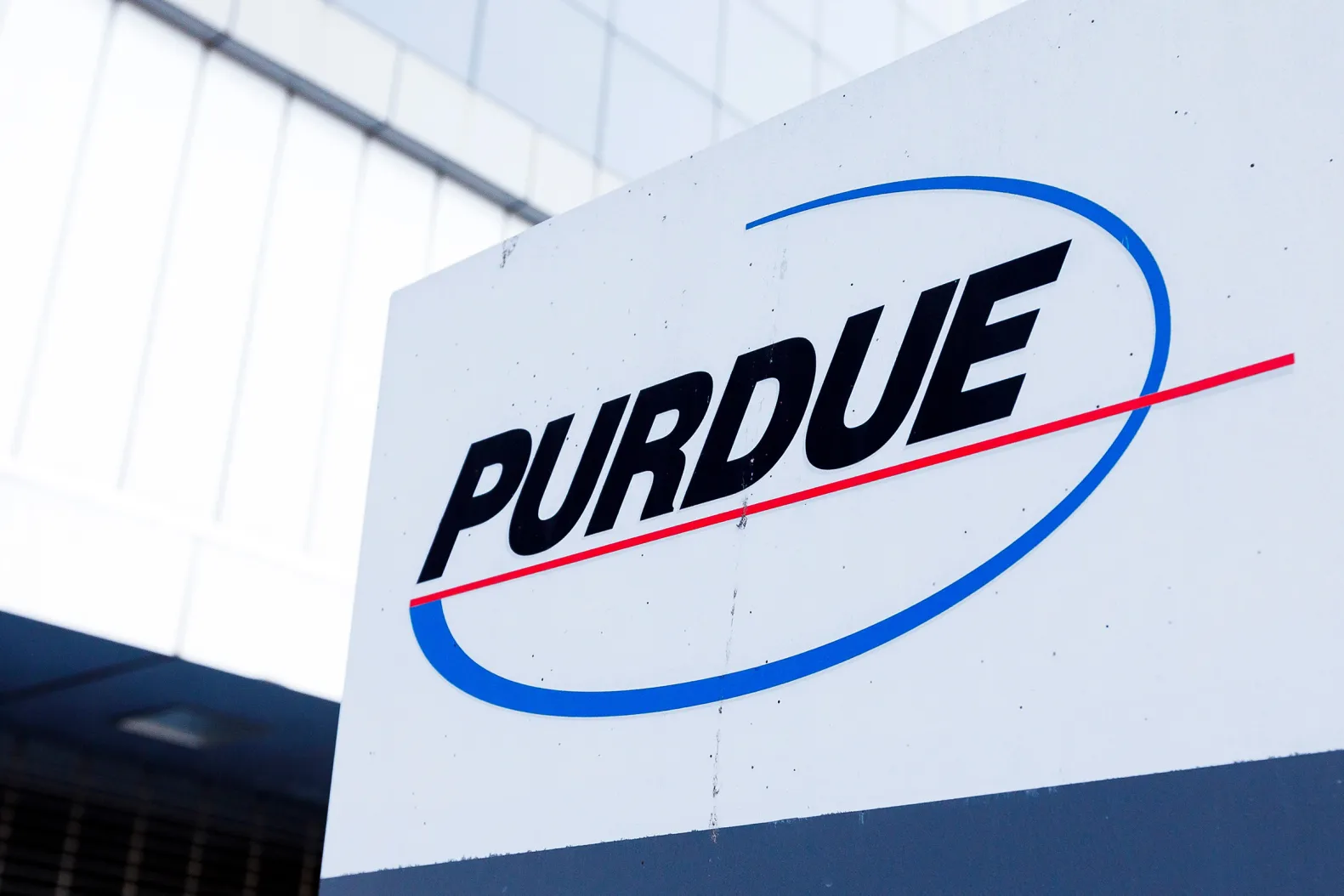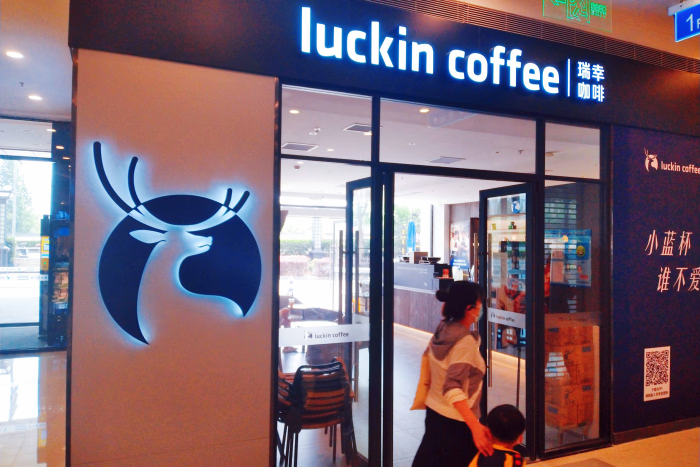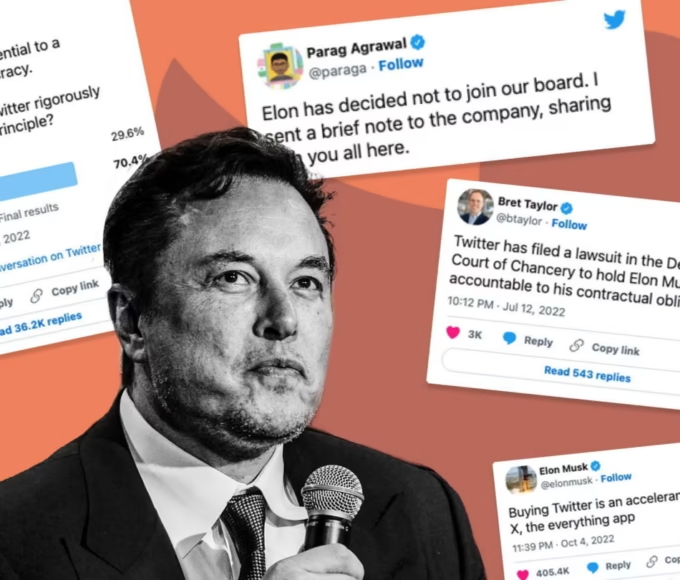Purdue Pharma opioid settlements
Purdue agreed to a federal criminal and civil resolution tied to opioid marketing, with a judge later approving an $8.3B settlement structure in 2020; by 2025, 55 attorneys general backed a $7.4B deal with the Sacklers to fund abatement.
Boeing 737 MAX and MCAS
Boeing’s 737 MAX used MCAS to mimic prior handling; after two fatal crashes, regulators grounded the fleet and mandated design and training changes, revealing serious safety and documentation gaps.
Luckin Coffee accounting scandal
Luckin admitted fabricating about US$310M of 2019 sales, leading to a trading halt, NASDAQ delisting, Chapter 15 proceedings in the U.S., and later restructuring and leadership changes.
Purdue Pharma and the opioid crisis: timelines, deals, and dispute points

- In October–November 2020, the U.S. Department of Justice announced a global resolution of criminal and civil investigations with Purdue, including a guilty plea to three felonies and a settlement framework totaling up to roughly $8–$8.3 billion, which a federal bankruptcy judge approved as a critical step in resolving outstanding litigation. Purdue’s own statement described the agreement as resolving criminal exposure for past marketing practices and routing funds toward governments for abatement purposes.
- DOJ documents outlined the settlement mechanics and related amounts within Purdue’s bankruptcy process; payments and final amounts were subject to court approval and reorganization milestones. State attorneys general responses were mixed; New York’s AG called the 2020 deal insufficient for the harm caused, reflecting ongoing contention around scope and accountability. Connecticut’s AG likewise criticized the DOJ settlement during bankruptcy, underscoring a multi‑year fight over terms and Sackler liability.
- In August 2025, momentum shifted when 55 attorneys general, representing all eligible states and territories, agreed to a $7.4 billion settlement with Purdue and the Sackler family to fund opioid abatement—signaling broader alignment among states on payout and structure compared to earlier, more fragmented positions.
- Taken together, these steps show how headline numbers evolved through bankruptcy court, criminal pleas, civil settlements, and later state agreements, with dollars earmarked primarily for treatment, prevention, and remediation programs rather than traditional fines alone.
How it fooled the world
- The narrative emphasized pain management and minimized addiction risk, which, combined with aggressive marketing and distribution, expanded use while obscuring long‑term public‑health consequences; accountability only coalesced after parallel investigations, litigation, and bankruptcy discovery forced a comprehensive reckoning captured in DOJ filings and court rulings.
What finally exposed it
- Coordinated federal actions, bankruptcy oversight, and multi‑state AG coalitions created a paper trail of pleas, settlements, and structured payouts, making opaque marketing claims legible through legal admissions and mandated abatement funding.
Boeing 737 MAX and MCAS: design choices, training, and grounding

- Boeing introduced the Maneuvering Characteristics Augmentation System (MCAS) on the 737 MAX to maintain handling continuity with prior 737 generations after aerodynamic changes from larger, repositioned engines. MCAS could command the horizontal stabilizer under specific conditions; initially, Boeing sought to preserve type‑rating commonality, limiting disclosures and simulator requirements in manuals and training materials to keep transition costs low.
- After the 2018 Lion Air Flight 610 and 2019 Ethiopian Airlines Flight 302 crashes, investigations linked both accidents to MCAS acting on erroneous angle‑of‑attack sensor data, repeatedly trimming nose‑down without adequate pilot awareness or redundancy. Global regulators grounded the entire MAX fleet while mandating design updates, sensor cross‑checks, activation limits, and simulator‑based training before return to service.
- Retrospective analyses and certification reviews suggested the MAX may not have required MCAS to meet standards, raising difficult questions about internal safety culture, documentation, and the certification pathway; the broader 737 MAX program timeline provides context on the aircraft’s market pressures and regulatory decisions.
How it fooled the world
- The promise was “same type, minimal training,” implying continuity with previous models; in practice, an under‑explained control law with single‑sensor vulnerability created hidden failure modes that only became undeniable after catastrophic evidence and coordinated regulator action.
What finally exposed it
- Accident investigations, global groundings, and multi‑agency airworthiness directives forced full transparency, culminating in software changes, new training requirements, and disclosures about MCAS behavior and failure handling.
Luckin Coffee: growth at all costs—and the cost of growth

- Founded in 2017, Luckin scaled rapidly with app‑based ordering, kiosks, and aggressive discounts, surpassing Starbucks’ China store count by 2019 and listing on NASDAQ the same year. In January 2020, short‑seller research alleged inflated sales and unit volumes; by April 2020, the company confirmed approximately US$310 million of fabricated 2019 revenue, prompting regulatory probes and a trading halt.
- Consequences came fast: delisting from NASDAQ on June 29, 2020; a U.S. Chapter 15 bankruptcy filing in February 2021; and, later, court‑approved restructuring and settlements of class‑action claims, alongside a significant management overhaul. The company has since continued operating under new leadership with a restructured balance sheet, illustrating how post‑fraud entities can persist after accountability and governance changes.
How it fooled the world
- Top‑line growth and a data‑driven retail narrative obscured basic unit‑level economics and verification of cash‑generating operations; rapid expansion and glossy KPIs crowded out skepticism until external surveillance and internal probes converged.
What finally exposed it
- Short‑seller documentation, internal investigations, and cross‑border regulatory actions aligned to verify fabricated sales, forcing governance changes, delisting, and restructuring that made the fraud’s mechanics public record.
The playbook behind corporate lies (and what to watch next)
- Complexity as camouflage: Dense structures, jargon, and novel metrics delay scrutiny until crises force disclosures.
- Authority laundering: Prestigious auditors, boards, or sponsors can dull skepticism—until independent verification fails.
- Incentives over integrity: Targets tied to bonuses or stock price reward short‑term optics over long‑term truth.
- Weak controls: Compliance that reports into revenue owners, sidelined internal audit, and boards lacking independence.
Spotting the next one: practical red flags
- Cash vs. earnings: Persistent divergence between rising earnings and flat/negative operating cash flow.
- KPI drift: Definitions change right when growth slows; new non‑GAAP metrics replace old ones.
- Third‑party proof: Bold claims lack independent validation, regulator filings, or reproducible data.
- Culture smoke: Whistleblowers report retaliation; sales targets seem unattainable without corner‑cutting.
- Auditor and regulator signals: Delayed opinions, resignations, or material weakness notices.
Conclusion
Corporate lies endure when compelling stories outrun verifiable evidence. Purdue’s settlements map years of marketing claims to criminal pleas and multi‑billion‑dollar abatement funding, a legal ledger of harm and accountability that only came into focus through DOJ actions, bankruptcy supervision, and a 55‑AG state coalition. Boeing’s MCAS saga shows how a hidden control law, sold under the banner of continuity and minimal training, can mask critical risk until investigations, global groundings, and mandated design and training changes force full disclosure. Luckin’s rise and reckoning is a textbook on fabricated revenue: explosive growth, a damning internal confession, delisting, and restructuring—all now documented across regulatory and court records.
If you lead, invest in, or report on companies, default to verification: follow the cash, read the footnotes, compare KPI definitions over time, and look for independent replication of bold claims. When the numbers soar while disclosures get murkier, the risk usually isn’t hidden alpha—it’s hidden truth.
References / Sources
- U.S. DOJ — Global resolution with Purdue Pharma (press release): https://www.justice.gov/archives/opa/pr/justice-department-announces-global-resolution-criminal-and-civil-investigations-opioid
- NPR — Federal judge approves $8.3B Purdue opioid settlement (Nov. 2020): https://www.npr.org/2020/11/17/936022386/federal-judge-approves-landmark-8-3-billion-purdue-pharma-opioid-settlement
- Purdue Pharma — Company statement on DOJ agreement (Oct. 2020): https://www.purduepharma.com/news/2020/10/21/purdue-pharma-reaches-agreement-with-u-s-department-of-justice/
- DOJ settlement agreement filing (PDF): https://www.justice.gov/archives/opa/press-release/file/1329736/dl
- North Carolina DOJ — 55 AGs sign on to $7.4B Purdue/Sackler settlement (Aug. 2025): https://ncdoj.gov/55-attorneys-general-sign-on-to-7-4-billion-purdue-settlement/
- NY Attorney General — Statement critiquing the 2020 Purdue deal: https://ag.ny.gov/press-release/2020/attorney-general-james-statement-response-deal-between-us-doj-and-purdue
- CT Attorney General — Objection to DOJ–Purdue settlement during bankruptcy: https://portal.ct.gov/AG/Press-Releases/2020-Press-Releases/AG-TONG-DOJ-PURDUE-SETTLEMENT-UNACCEPTABLE
- HHS OIG — DOJ global resolution announcement page: https://oig.hhs.gov/fraud/enforcement/justice-department-announces-global-resolution-of-criminal-and-civil-investigations-with-opioid-manufacturer-purdue-pharma-and-civil-settlement-with-members-of-the-sackler-family/
- Wikipedia — Maneuvering Characteristics Augmentation System (MCAS): https://en.wikipedia.org/wiki/Maneuvering_Characteristics_Augmentation_System
- Wikipedia — Boeing 737 MAX groundings: https://en.wikipedia.org/wiki/Boeing_737_MAX_groundings
- Wikipedia — Boeing 737 MAX program context: https://en.wikipedia.org/wiki/Boeing_737_MAX
- Wikipedia — Boeing 737 MAX certification: https://en.wikipedia.org/wiki/Boeing_737_MAX_certification
- Wikipedia — Luckin Coffee overview and scandal timeline: https://en.wikipedia.org/wiki/Luckin_Coffee














Very useful, thank you.